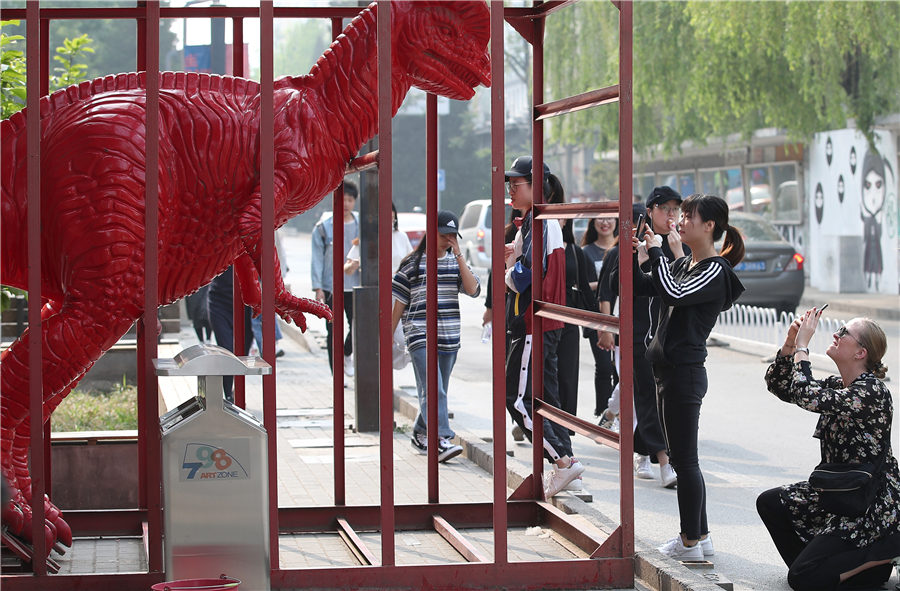 |
|
The 798 zone is an important stop for anyone who wants to understand the global place of Chinese contemporary art. [Photo by Zou Hong/China Daily] |
One of that phenomenon's key issues is "the associated shift of cultural, economic and political power from the north and west to the east and south as part of globalization", Gladston said. His new book, Contemporary Chinese Art, Aesthetic Modernity and Zhang Peili: Towards a Critical Contemporaneity, looks at the work of Chinese artist Zhang Peili and his links with the Pond Association art group based in Zhejiang's provincial capital Hangzhou, covering how the "codification of a critical aesthetic in China differs from and precedes that developed in relation to Western (ized) post-Enlightenment discourses".
The role of Chinese art in expanding the country's influence has also "certainly helped to reinforce the standing of Chinese culture on the world stage and the perception that Western cultural power is in some sense waning", he said.
Qiu Zhijie, dean of the School of Experimental Art at the China Central Academy of Fine Arts and professor at the School of Intermedia Art at the China Academy of Art, told China Daily that Chinese contemporary artists who have made major impact via international art biennale events, such as Cai Guoqiang, who won the 48th Venice Biennale International Golden Lion Prize, are still concentrated in a select group.